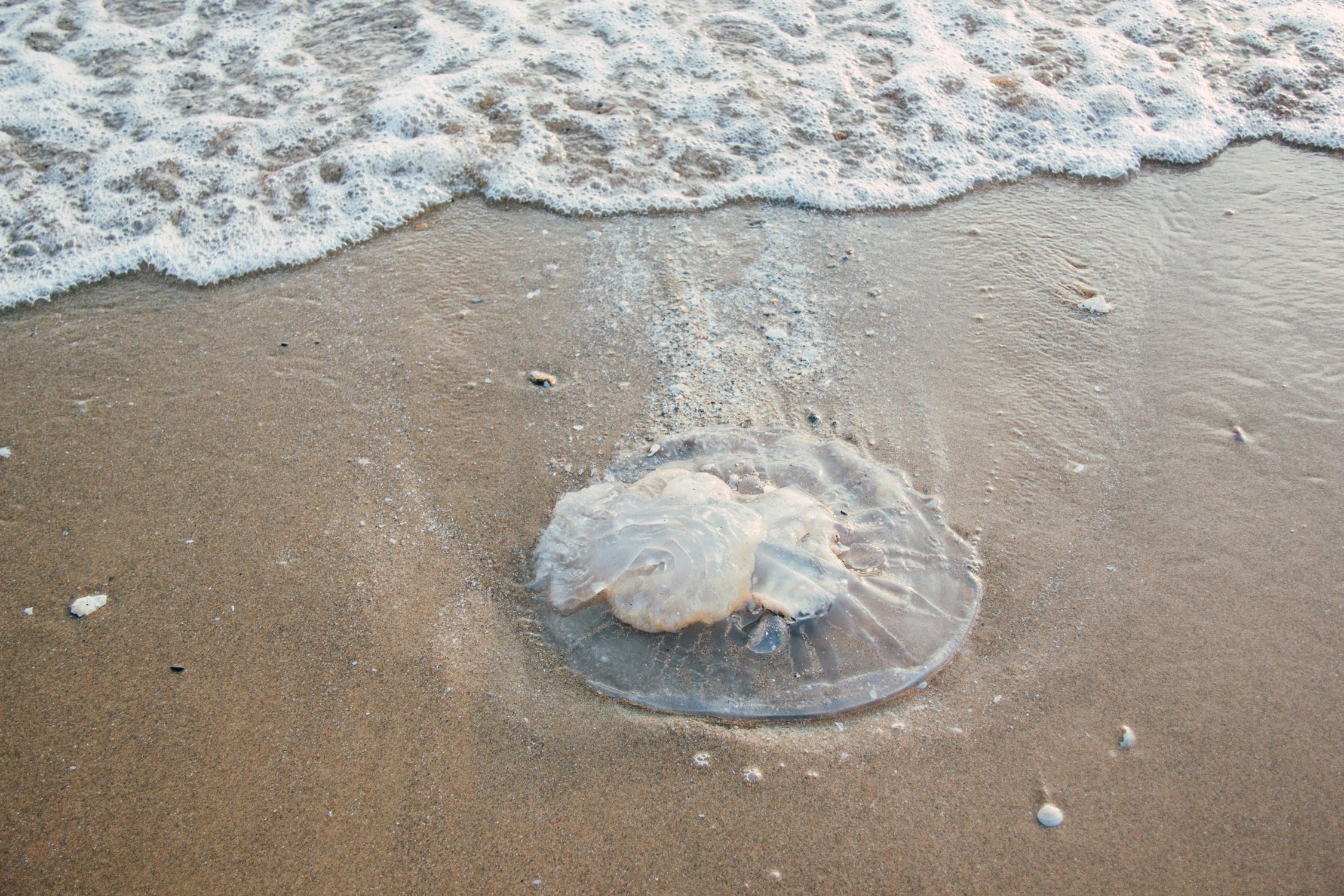Everything You Need to Know About Jellyfish and Jellyfish Stings
If you are a local in Charleston or have kept up to date with Charleston news, you know that jellyfish have become a hot topic on news channels. According to Live 5 News (in article from 8/17/18), there have been 119 recent reported jellyfish stings at Folly Beach County Park and 488 reported at Folly Beach Pier. While jellyfish stings can hurt, it shouldn't keep you out of the water. Here is why there is an influx of jellyfish and what you should do in the event of a jellyfish sting on a Charleston, SC beach.
Why are There So Many Jellyfish Stings?
Jellyfish typically follow warm waters. As the water temperature rises, so do the jellyfish. According to the National Weather Service, the water temperature this time of year is typically in the mid-80's, making it a prime time for jellyfish. Jellyfish are also making their way onshore due to offshore winds pushing them closer to the beach.
What To Do in the Event of a Jellyfish Sting
While jellyfish stings hurt, the good news is they are, for the most part, not life threatening. While you may think you know what to do in the event of a jellyfish sting, it's always good to know exactly what doctors and professionals recommend. One thing that they all recommend NOT TO DO, is the old wive's tale of urinating on the jellyfish sting.
Here are some jellyfish sting first-aid tips from the Mayo Clinic:
1. Apply Vinegar to the Sting
When packing your beach bag for the day, it may be smart to include a small bottle of vinegar in case you or someone else gets stung by a jellyfish. (You may just end up being the hero in the event someone else gets stung and you have vinegar!) Douse the stung area with vinegar. This will deactivate the stinging cells and rinse away the tentacles, which will prevent the stinging cells from spreading when you attempt to remove the tentacles.
2. Gently Pluck Away Visible Tentacles
Another item to include in your beach bag is a pair of tweezers. In the event of a jellyfish sting, carefully pluck away the visible tentacles with tweezers. Do not scrape the tentacles off with sand or any other object because this could trigger any active tentacles to release more venom.
3. Soak the Skin in Hot Water
Lastly, you should soak the skin as soon as possible in water heated to 110 to 113 degrees Fahrenheit. If you don't have a thermometer, simply test the water by hand. It should feel quite hot to the touch, but not scalding. You should soak the sting in the water for 20 to 45 minutes.
While the above tips work for most jellyfish stings, you should consult a doctor if the sting worsens or you display symptoms of an allergic reaction. There is a chance that you could potentially have been stung by a Man O' War, which can cause stings to be more severe. In most cases of a jellyfish sting you can treat pain and inflammation with an oral pain killer and antihistamine.
Don't let the fear of a jellyfish keep you from catching waves or enjoying a day at the beach. While a jellyfish sting can dampen your day, it shouldn't ruin it.

